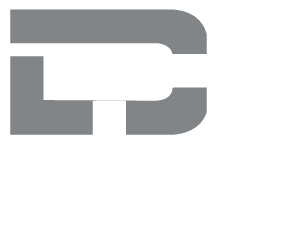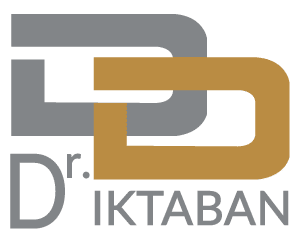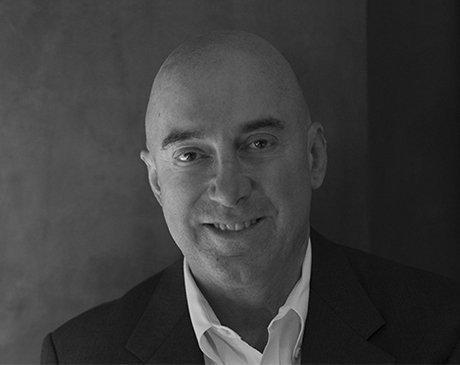
Unlike injections meant to erase wrinkles on the forehead, a brow lift is not a procedure that will get you back into your daily routines in just a couple of hours. A brow lift is a surgical procedure that requires significant downtime and aftercare in order to maintain and fully enjoy the results, once recovered. Even though this procedure has a more involved recovery, it is still a favorite among patients at Dr. Diktaban looking for a very long-term solution to forehead creases and wrinkles.
What Is a Brow Lift?
A brow lift is a plastic surgery procedure meant to tighten the skin on the forehead above the eyebrows. That is why the names “brow lift” and “forehead lift” are sometimes used interchangeably. The procedure is designed to smooth the skin and provide the patient with a more awake look. It can also balance out the facial features of a patient with a heavier brow line. By lifting the skin and tissue up and back, a brow lift can help anyone looking to achieve a specific aesthetic desire.
What to Expect After Brow Lift Surgery
Brow lift surgery is an outpatient procedure, but that doesn’t mean the recovery is quick and simple. Taking care of yourself, according to your surgeon’s instructions, and prioritizing your comfort is crucial to a successful recovery. With that being said, it can take anywhere from 1-2 months for the final results to show, which is why taking your recovery in timed steps can make it more manageable.
Here is what to expect from each recovery interval and what is required of you to make sure everything goes smoothly.
The First 72 Hours
The most intense portion of recovery takes place in the first 72 hours after surgery. It is recommended that you have someone spend the first night at home with you in case you need assistance. You will notice some mild to moderate pain at the treatment site which can be controlled with your prescribed oral medication. You will notice a decrease in this discomfort and pain after 48 hours.
You will likely be sent home with a large cotton dressing over the forehead, scalp, and incisions. This dressing not only protects the surgery site from infection but serves as a compression bandage to prevent blood from collecting under the skin. This dressing may remain for up to one week but is often removed around day 4.
Drainage from the small incisions may occur for the first 2-3 days, but this is normal and should not be a cause for concern. You may notice bruising and swelling of the upper (sometimes lower) eyelids and bridge of the nose. This swelling will peak around 36-48 hours after surgery but will begin to go down dramatically after. A cool compress made of a clean cloth soaked in cold water can be applied to the eyes to ease the swelling. If your eyes feel dry, you can use an over-the-counter natural tear solution to bring moisture back to them. To help with swelling and discomfort, you will want to sleep with your head in an elevated position for around 4 weeks.
The First Week
On day four of your recovery, you can start showering. Whether you have dressing on the surgical site, or not, you are able to start washing your hair and cleaning the incisions on day four, making sure you do not irritate the wounds. In addition to showering, you will be required to clean the incision 2-3 times a day by rolling a hydrogen peroxide-moistened Q-tip over the wounds. You will then gently apply an anti-biotic ointment over the incisions. After using the antibiotic ointment for one week, you will switch to plain Vaseline in order to avoid a reaction from the antibiotic ointment due to overuse.
Weeks 2-3
Although this varies from patient to patient, the surgical staples or screws used to close the incisions will be removed after 10-21 days. The removal of both of these is nearly painless. For the next 7-10 days after staple removal, you should wear a broad headband over the forehead at all times, except when showering, then you will wear it only at night for the remaining three weeks. You may notice a feeling of excessive tightness across the forehead, this is because the skin has been repositioned and stretched. The feeling and position of the brows should begin to feel normal around week three.
In addition to this tightness, you may also notice a decrease in sensation on the forehead. This numbness will gradually go away as the sensation returns to the forehead. In some cases, this numbness is permanent, so you will need to be careful when using hot tools such as blow dryers or curling irons around the face to prevent burns.
Weeks 4 and After
After Week four you may begin to sleep in your normal reclined position as well as return to your normal daily routines. You will no longer need to clean the incision sites and should feel no pain at this point in recovery. Strenuous and vigorous exercise may be resumed in moderation, but your surgeon will be able to give you the official okay. Full results can take up to two months to emerge.
Long Term Results
The recovery from a brow lift may seem daunting and intimidating but is rather small when compared to how long the results are enjoyed. When performed by a skilled surgeon, like Dr. Theodore Diktaban, this procedure should not have to be repeated, meaning the recovery is something that will only be endured once, while the empowerment and confidence gained from taking control of your aging will last forever. When considering if a brow lift is right for you, remember that recovery is the short-term, while smooth youthful skin is the long-term.
Schedule a Consultation
Are you ready to feel empowered and confident in your own skin again? Patients seeking to correct signs of aging on their foreheads and between their eyes look to the surgical expertise of Dr. Theodore Diktaban and his team in New York’s Upper East Side. To schedule a complimentary consultation and find out if a brow lift is right for you, visit our website or call us at 646-906-9449.
Dr. Theodore Diktaban, MD FACS, a double board-certified plastic surgeon with 35+ years of experience, specializes in safe and subtle cosmetic treatments, enhancing natural beauty and boosting self-confidence in the Upper East Side and New York City.



